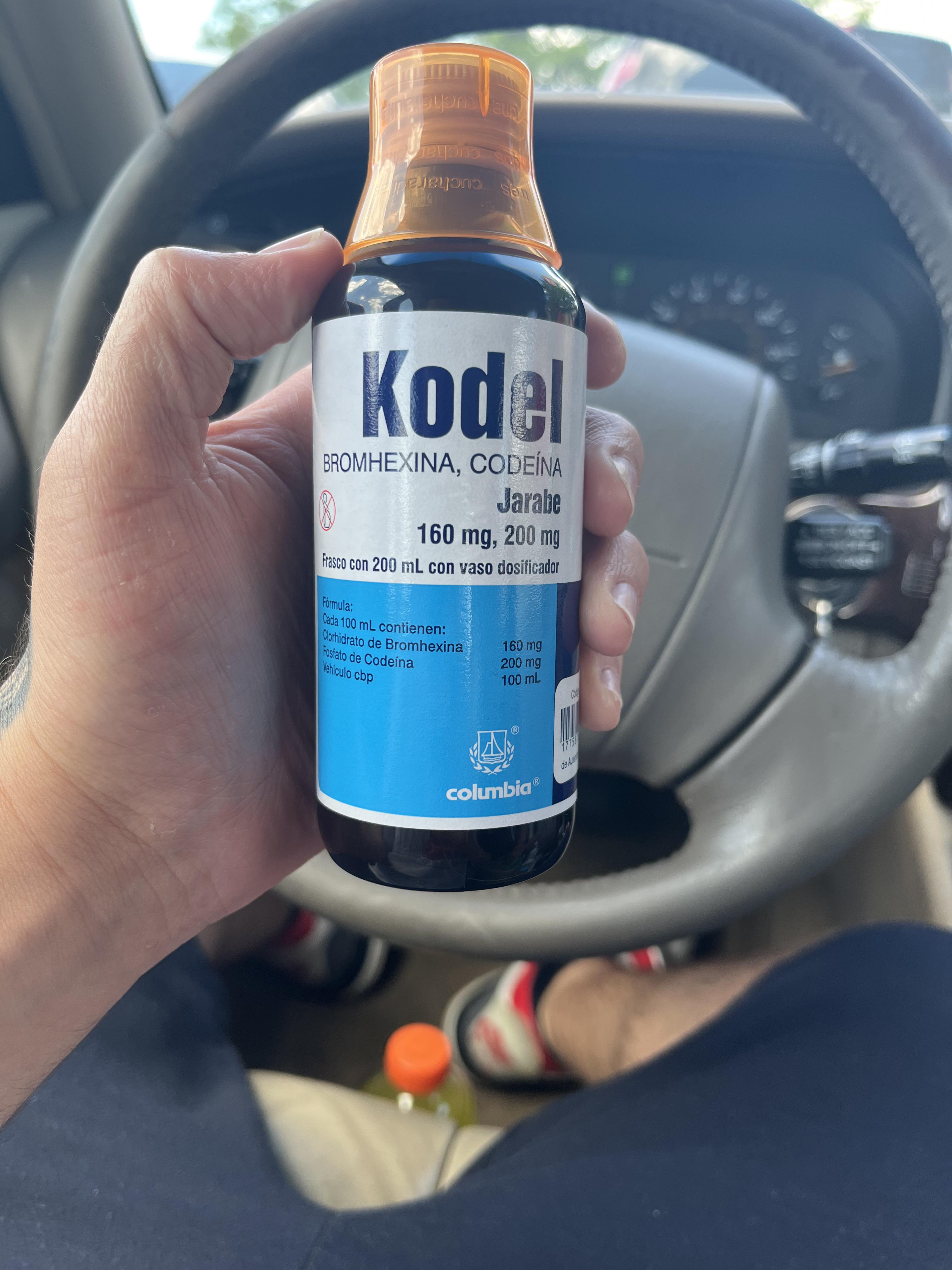Ampitrexyl and Penicillin are two medicines used to treat various infections, but they have their differences and similarities. Let’s take a closer look at Ampitrexyl and penicillin and try to figure out which one might be better for your needs. So, what is the difference between ampitrexyl and penicillin? Well, the difference between the two is that Ampitrexyl is a herbal supplement with potential antibacterial properties, while Penicillin is a well-established synthetic antibiotic supported by scientific evidence.
What is Ampitrexyl?

ProMex Ampitrexyl Plus is a unique blend of natural herbs and plant-based solutions designed to battle infections. This dietary supplement serves as a safe and potent natural remedy, enhancing immunity to promote a stronger immune system and fight infections. Unlike other over-the-counter options, these capsules provide an alternative approach. Each package contains 30 capsules, offering 15 servings, which can last for about two weeks of improved well-being. It’s important to note that this product is meant for adult use only.
What is Penicillin?

Penicillin is a well-known and widely used antibiotic. It’s part of the beta-lactam family of antibiotics and is often the first choice for treating a variety of bacterial infections. Penicillin works by interfering with the bacteria’s ability to build their cell walls, ultimately killing them.
Active Ingredients in Ampitrexyl and Penicillin
Ampitrexyl Plus natural supplement antibiotic is a fusion of natural herbs and plant-based solutions, rich in Antioxidants like Vitamin C, Sambucus, Zinc, Echinacea, and Bee Propolis. These components are aimed at boosting the immune system. The key ingredients found in Ampitrexyl typically include Andrographis Paniculata, Sambucus Nigra Fruit Extract, Vitamin C, Zinc Gluconate, and Corydalis Extract.
The term penicillin initially referred to benzylpenicillin and penicillin G. Nowadays, “Penicillin” serves as a general term for antibiotics containing the beta-lactam unit in their chemical structure. β-Lactams are crucial antibiotics prescribed for bacterial treatment. They work by hindering PBPs that play a vital role in the cross-linking process during cell wall formation, effectively stopping bacterial growth.
Uses of Penicillin and Ampitrexyl
Penicillin is a commonly prescribed antibiotic for treating bacterial infections caused by staphylococci and streptococci bacteria. It falls under the beta-lactam group of antibiotics, which work similarly to hinder bacterial cell growth, ultimately leading to their demise. Penicillin is employed to address specific bacterial infections like pneumonia, respiratory tract infections, scarlet fever, as well as infections in the ear, skin, gums, mouth, and throat.
Ampitrexyl, on the other hand, aids in battling infections, boosting the immune system’s health, and supporting overall well-being.
Differences Between Ampitrexyl and Penicillin
- Ampitrexyl contains Andrographis paniculata, an herbal ingredient, while Penicillin is a synthetic antibiotic.
- Penicillin has decades of scientific research and clinical trials supporting its effectiveness. Ampitrexyl’s scientific evidence is less robust, with limited clinical studies to validate its antibacterial claims.
- Penicillin is prescribed by healthcare professionals to treat a wide range of bacterial infections. Ampitrexyl is often marketed as a supplement and is not typically prescribed by doctors.
- Penicillin is generally considered safe, but some people may experience allergic reactions. Ampitrexyl’s safety profile is less understood due to limited research.
Similarities Between Ampitrexyl and Penicillin
- Both Ampitrexyl and Penicillin are believed to have antibacterial properties, although the scientific evidence is stronger for Penicillin.
- Both substances are intended to combat bacterial infections and help the body recover from illnesses caused by bacteria.
- While Ampitrexyl helps encourage a healthier immune system, Penicillin indirectly supports the immune response by eliminating harmful bacteria that might weaken the body’s defenses.
- Both Ampitrexyl and Penicillin contribute to enhancing overall health by combating bacterial infections, thereby aiding in the body’s recovery process.
Dosage
Ampitrexyl Dosage: For adults, the recommended maximum daily dosage of Ampitrexyl is 3 servings. It’s best to take these servings with meals to maximize effectiveness.
Penicillin Dosage: Most penicillins are advised to be taken with a full glass (8 ounces) of water on an empty stomach. This means taking them either 1 hour before or 2 hours after meals, unless your doctor directs otherwise.
- For Amoxicillin, Penicillin V, Pivampicillin, and Pivmecillinam: These can be taken on a full or empty stomach. Amoxicillin in liquid form can be mixed with various liquids but must be consumed immediately after mixing for the full dose.
- Bacampicillin: The liquid form should be taken with water on an empty stomach, similar to the general guideline. The tablet form can be taken on a full or empty stomach.
- Penicillin G: Avoid acidic drinks like orange or grapefruit juice within 1 hour of taking it, as they might affect its efficacy.
- Liquid Penicillin: Even if it’s in a dropper bottle, take it by mouth. If no dropper is provided, use a proper measuring tool. Don’t use it after its expiration date.
- Chewable Amoxicillin: Chew or crush the tablets before swallowing.
Side Effects
Ampitrexyl and Stomach Cramps: Some stories from people suggest that taking Ampitrexyl without eating could lead to stomach cramps.
Common Reactions to Oral Penicillin: When it comes to oral penicillin, common reactions might include feeling nauseous, vomiting, having discomfort in the upper belly area, dealing with diarrhea, or even experiencing a strange condition called “black hairy tongue.”
Hypersensitivity Reactions: People have also reported more serious reactions. These can range from skin rashes (from small bumps to peeling skin), hives, swelling of the voice box, to severe allergic reactions known as anaphylaxis. These are relatively rare but need immediate attention if they occur.
Ampitrexyl vs Penicillin: Which is Better?
Dealing with an infection, whether for ourselves or someone dear, can be quite nerve-wracking, particularly in the midst of drug resistance concerns. Ampitrexyl seems to have some positive feedback, particularly for gum infections. But remember, it’s wise to talk with your doctor before trading your penicillin prescription for Ampitrexyl.
Understanding Infection Types: Knowing if you need an antibiotic hinges on what type of infection you’re grappling with. The first move is talking to your doctor to figure out whether it’s a bacterial or viral infection. Always consult a healthcare professional if you suspect you’ve got an infection.
Cold and Flu Check: Cold and flu are usually caused by viruses. Antibiotics won’t do the trick here. There are plenty of over-the-counter remedies to manage the symptoms, so have a talk with your doctor or pharmacist about these. And don’t forget to mention all the meds you’re on to avoid any risky interactions.
Sore Throat Story: While viruses are often behind sore throats, bacteria like strep throat can also be culprits. Your doc might do some tests before prescribing antibiotics.
Sinus Situation: Sinus issues can stem from both viruses and bacteria. If you’ve got a runny nose with colorful mucus, an antibiotic might be in order. It’s always a good idea to consult your doctor.
Ear Trouble: Ear infections aren’t always antibiotic-worthy since viruses and bacteria can both be at fault.
Coughs and Bronchitis Breakdown: Viruses are usually the ones causing these, but if your lungs have been finicky before, bacteria could be involved, and antibiotics might be considered. Talk with your doc about persistent coughs, especially those accompanied by phlegm.
How to Use of Antibiotics Properly
When antibiotics come into play, begin by sharing crucial info with your doc. If you’ve got allergies, especially to stuff like penicillin, make sure your doc is clued in. And if you’re expecting, that’s important to know too. Ladies, keep in mind that certain antibiotics might mess with birth control or increase the risk of yeast infections. Your healthcare expert will guide you on this.
Follow the Prescription Path: Stick to the game plan. Finish the full course of antibiotics, just as your doctor directed. Skipping out might give that pesky infection a second chance. It’s vital to know when and how to take your medicine.
Side Effects : Have a talk with your pharmacist about potential side effects. If something serious pops up, don’t hesitate to contact your doctor pronto.
Missed a Dose? : Oops, missed a dose? No sweat. Don’t gobble up a double dose. Just carry on with the next dose as planned.
Food and Antibiotics: Food and drinks like alcohol can play tricks with antibiotics. Talk to your pharmacist about whether you should take antibiotics with an empty or full tummy.
Storage: Give your antibiotics a comfy home. While most are fine at room temperature in a dry spot.
Antibiotics can be like superheroes against bacterial infections, but they’re like a well-crafted tool – meant for the right job. Using them only when needed keeps their powers intact.







